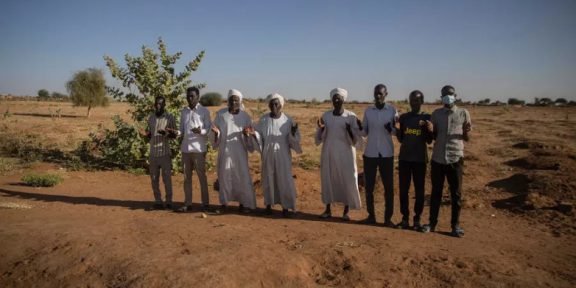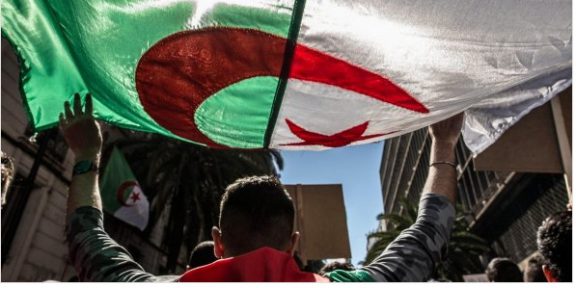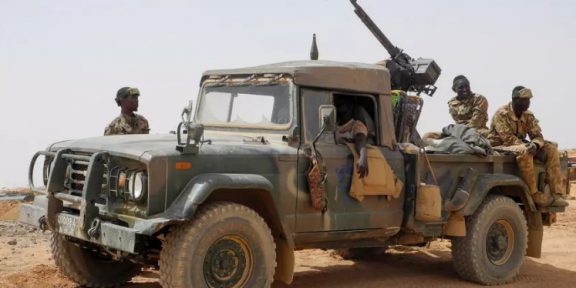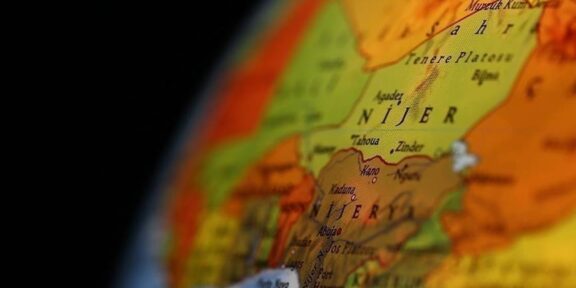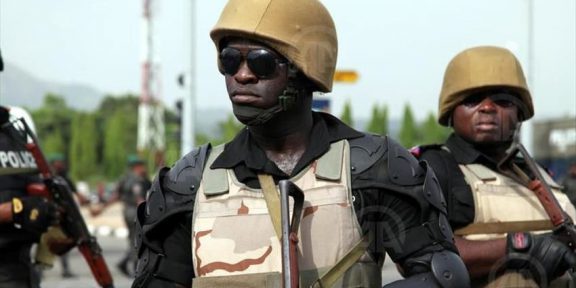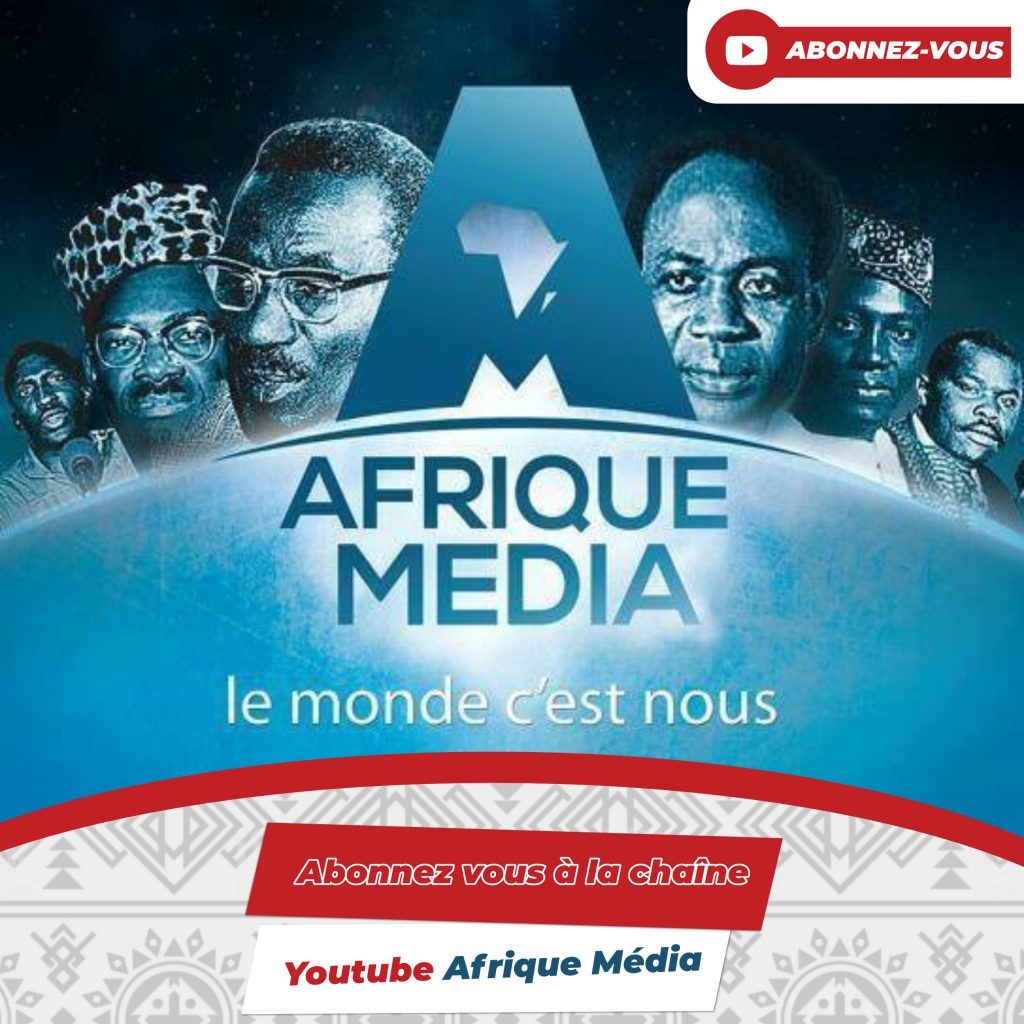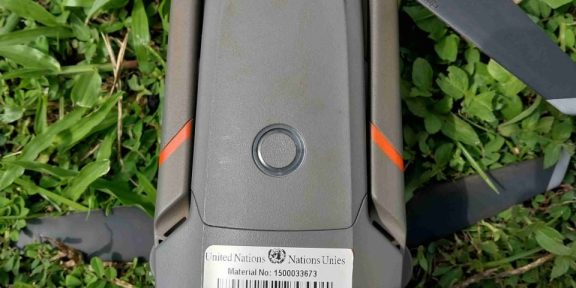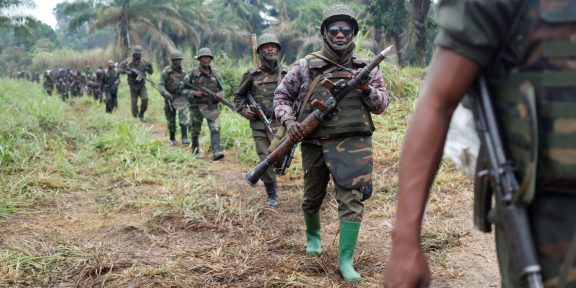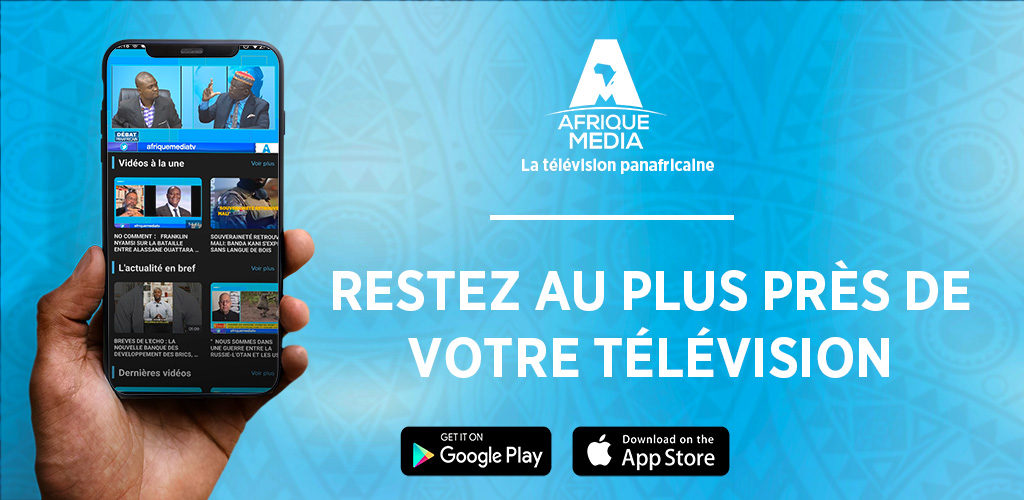On Tuesday 7 March 2023, M23 rebel spokesman Lawrence Kanyuka said: ‘The M23 movement announces a ceasefire to create the conditions for a political process’. The ceasefire announcement came after several days of heavy fighting between rebels and government forces in the eastern region.
It should be recalled that the rebel group has occupied major towns in the eastern province of North Kivu since its rebirth at the end of 2021. Since then, according to official figures, more than 600,000 people have been displaced by fighting between the M23 and government forces.
The UN special envoy to the Democratic Republic of Congo, Bintou Keita, said that the M23 was increasingly behaving like a conventional army as hostilities in the country’s volatile east escalated: “The M23 has increasingly sophisticated firepower and equipment, including long-range firepower, mortars and machine guns, as well as precision fire on aircraft.
However, one wonders where the rebel group got such powerful weapons? Who is funding them? Who is supplying them with weapons and how?
Rwanda is known to support the rebels, as Felix Tshisekedi, President of the Democratic Republic of Congo, announced in a speech to the nation on the occasion of the 62nd anniversary of his country’s independence: “Our country is facing a new aggression from Rwanda, acting under the cover of the terrorist movement M23, in violation of all international treaties and agreements.
In fact, Rwanda would be very comfortable supporting the rebels and transferring arms to them. They have access to UN channels through the Rwandan-born Valentine Rugwabiza, head of the UN peacekeeping mission in the Central African Republic (MINUSCA). Central African Republic is the DRC neighbor which makes the operation quite easy.

It would have been difficult to bring weapons into the DRC and distribute them directly to fighters, but the fact that the head of the UN mission in the neighboring country is of Rwandan origin, Valentine Rugwabiza, is significant. She was appointed Rwanda’s permanent representative to the UN by President Paul Kagame in November 2016. And on 23 February 2022, she was appointed Special Representative of the Secretary General for the Central African Republic (CAR) and head of the UN Multidimensional Integrated Stabilisation Mission in the Central African Republic (MINUSCA).
Of course, she will put her country’s interests first. Currently, the largest number of the Rwandan contingent in CAR is located near the northern borders with the DRC, in Bangui. This is an ideal strategic location, as it is a large city with an airport. There is also a ferry across the Oubangui River and the border between CAR and DRC nearby in the town of Bangassou, from where it is very convenient to travel to DRC with whatever you want. Especially since the supply to the UN mission is privileged and closed.
It should also be noted that it is precisely in the region where the M23 is active that most of the MONUSCO peacekeepers are currently located. The population there is actively expressing its dissatisfaction with the ineffectiveness of the Mission. It is clear that they are not there to protect civilians.


